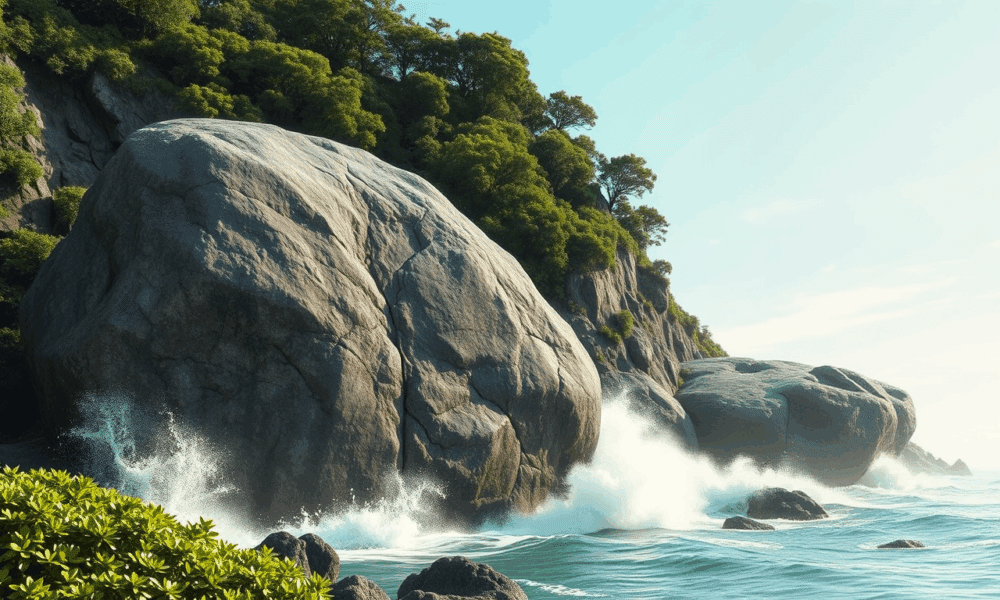
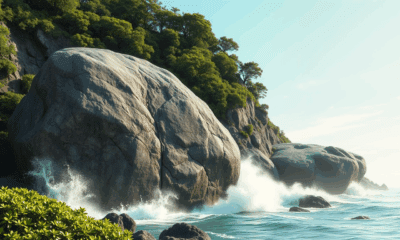

Analysis has shown a boulder weighing almost 1,200 tons in Tonga is one of the largest known wave-transported rocks in the world, providing new insights into...
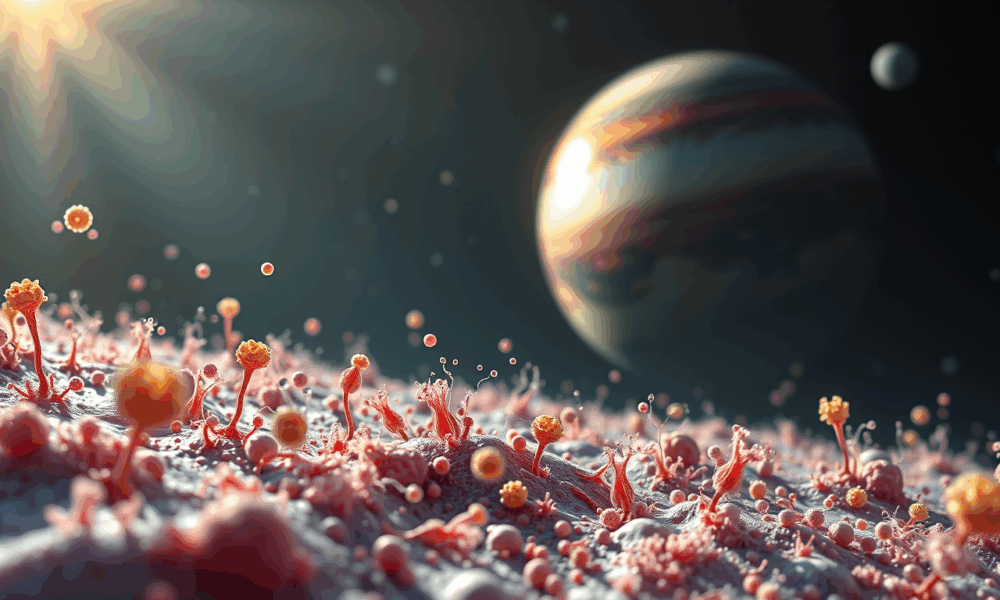
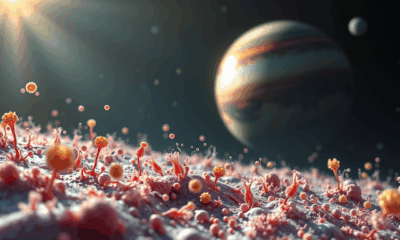

To better understand the circadian clock in modern-day cyanobacteria, a research team has studied ancient timekeeping systems. They examined the oscillation of the clock proteins KaiA,...



Plants that reproduce exclusively by self-pollination arise from populations with extremely low diversity to begin with. The research not only adds a facet to possible evolutionary...
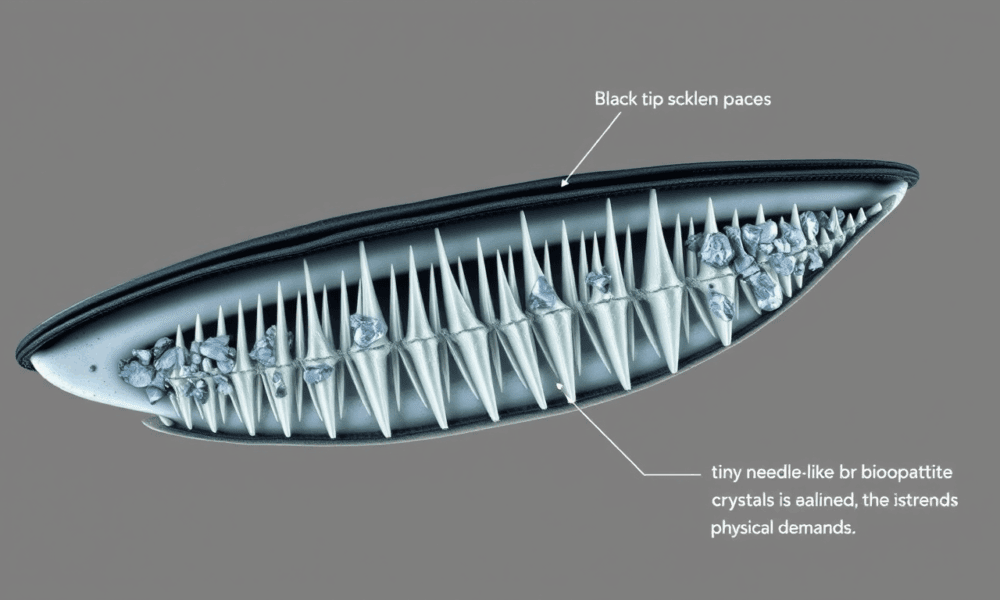
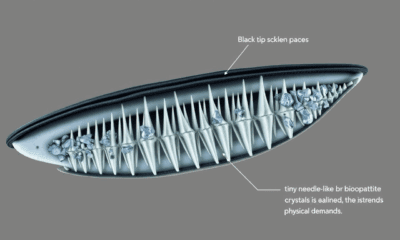

Using synchrotron X-ray nanotomography with detailed 3D imaging and in-situ mechanical testing, researchers are peering inside shark skeletons at the nanoscale, revealing a microscopic 'sharkitecture' that...
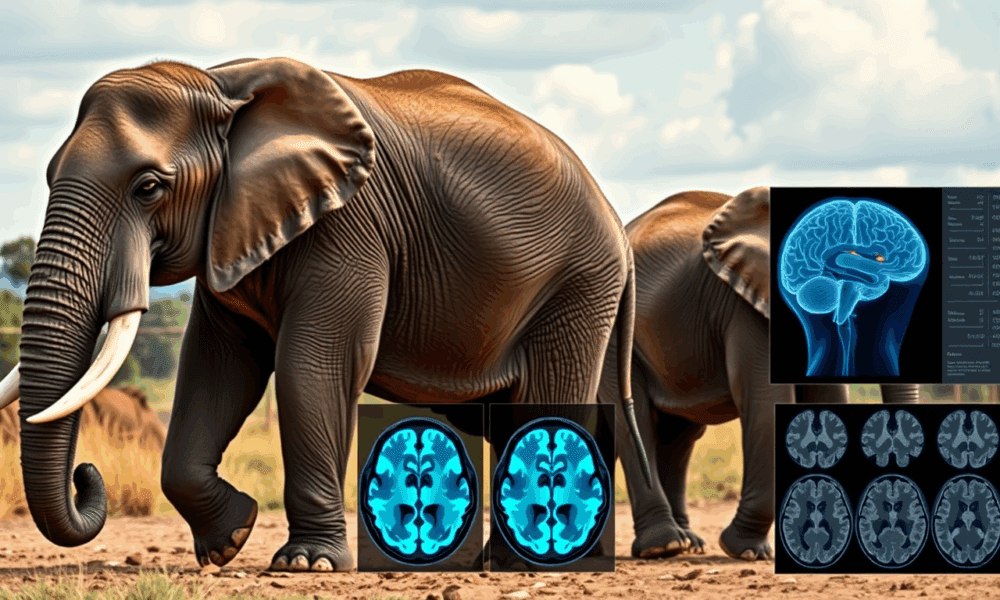
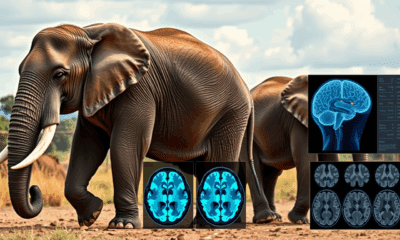

African elephants are the largest land animals on earth and significantly larger than their relatives in Asia, from which they are separated by millions of years...



New research reveals mountain glaciers across the globe will not recover for centuries -- even if human intervention cools the planet back to the 1.5 C...

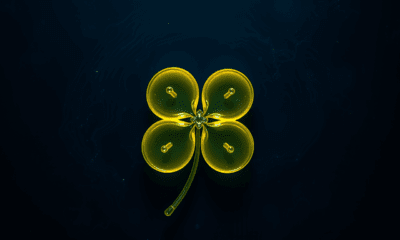

Scientists have decoded the atomic structure of Photosystem I from a 3-billion-year-old cyanobacteria lineage, offering a unique look at early oxygen-producing photosynthesis. The ancient nanodevice, purified...
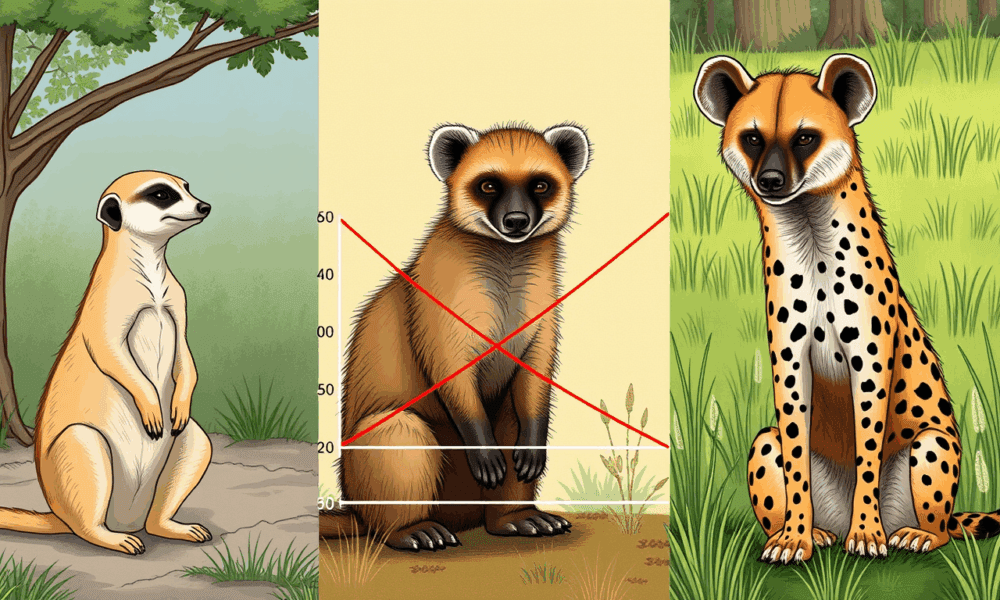
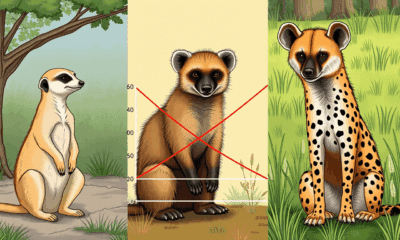

In the natural world -- where predators pounce, prey flee, and group members feed and sleep in solidarity -- animal behavior is glorious in its variety....



New research from an international group looking at ancient sediment cores in the North Atlantic has for the first time shown a strong correlation between sediment...
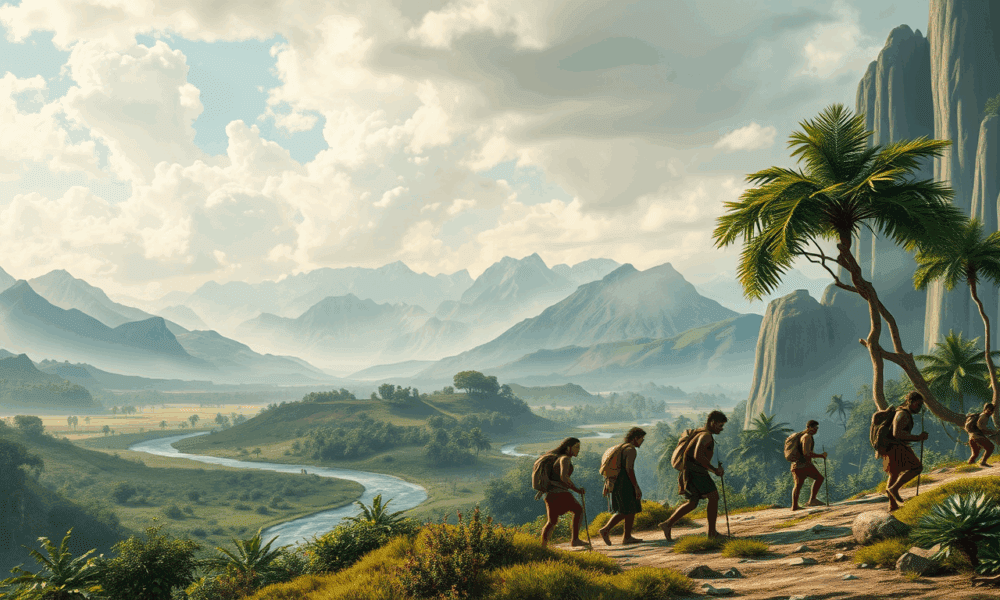


An international genomics study has revealed that early Asians undertook humanity's longest known prehistoric migration. These early humans, who roamed the earth over 100,000 years ago,...